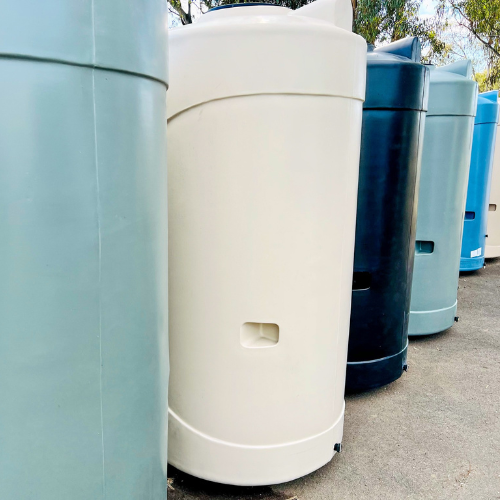Rainwater Tanks and Pumps
Selecting the right pump for your rainwater tank
Unless you are happy to use a bucket or a watering can, you will need a water pump to move rainwater from where it is stored to where it is needed. A pump will provide you with a pressurised water flow for your house and garden taps.
To be of any practical use, your water pump must be able to deliver water where you need it and at a flow rate and pressure that meets your needs.
When you start looking at pumps you will see information about flow rates (usually stated in litres per minute) and operating pressure. As there are a lot of factors that can affect flow rates, it is a good idea to get some expert advice, but your pump specialist will need you to answer some questions such as:
+ Are you just going to pump water to your garden – watering plants, topping-up the pool or washing cars, or do you plan to use water inside the house for, say, laundry, showers and flushing the toilet?
+ Is your house single or double storey?+ How many taps do you want open at the same time?
+ What is the furthest point and what is the highest point from the pump where you need water?

A pump will have a maximum flow rate – think of this as the amount of water a pump can discharge if it’s not connected to any pipework. Don’t pay too much attention to this as connecting to pipework and moving water uphill all require energy that will change the flow rate. Your pump specialist will need to understand your situation to make sure that the pump is properly matched to your needs, and you get the water where you want it, at the pressure you need.

For example – a pump connected to the laundry and bathrooms in a four-bedroom house with 5 occupants will require a much higher rating than a pump for occasional garden hose usage.
To avoid the ‘shower dance’, if you want water pressure to remain constant as you turn more taps on, you will need a variable speed pump. As you turn taps on and off, the motor speed adjusts accordingly giving you constant water pressure.
To avoid having to switch the pump on and off manually each time you need it, an automatic pressure device is a good idea as this allows the pump to turn on and off automatically when you turn on the tap. This is essential if the pump is connected to indoor plumbing.
If pump noise is likely to be a problem and you need a quiet pump, a submersible pump is a good idea. This sits inside the tank and, being underwater, is much quieter than a regular pump.

